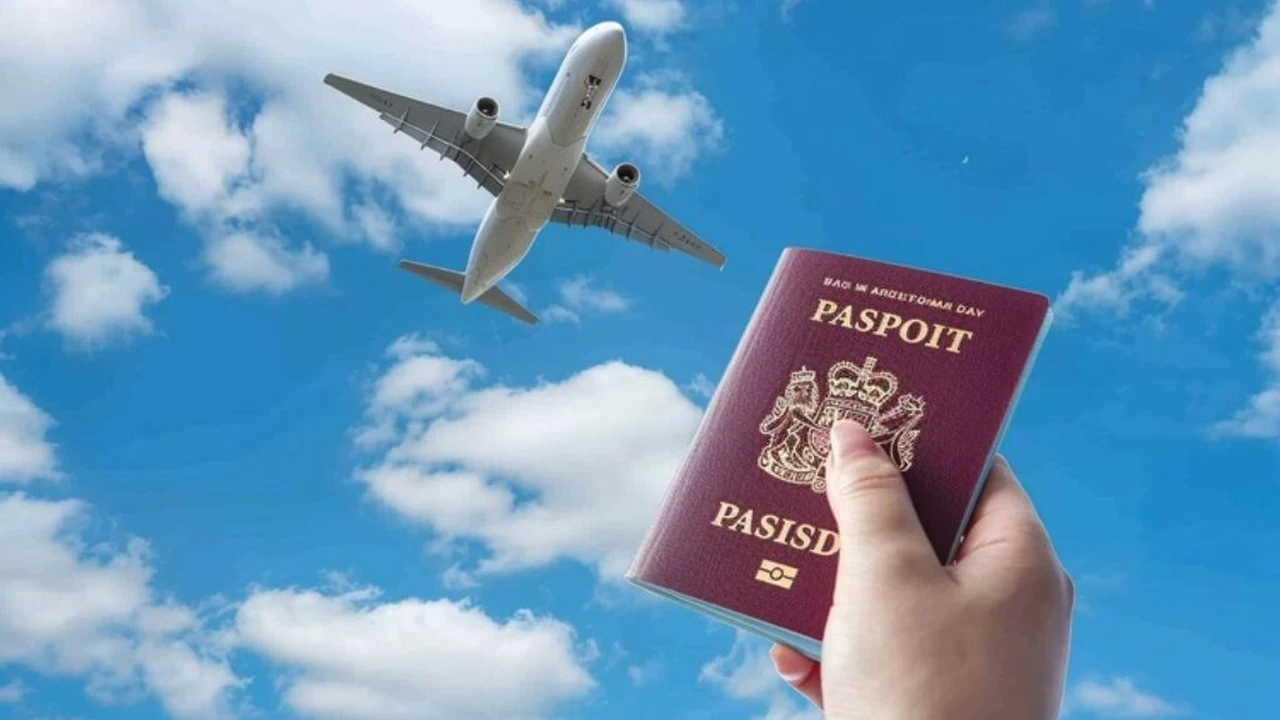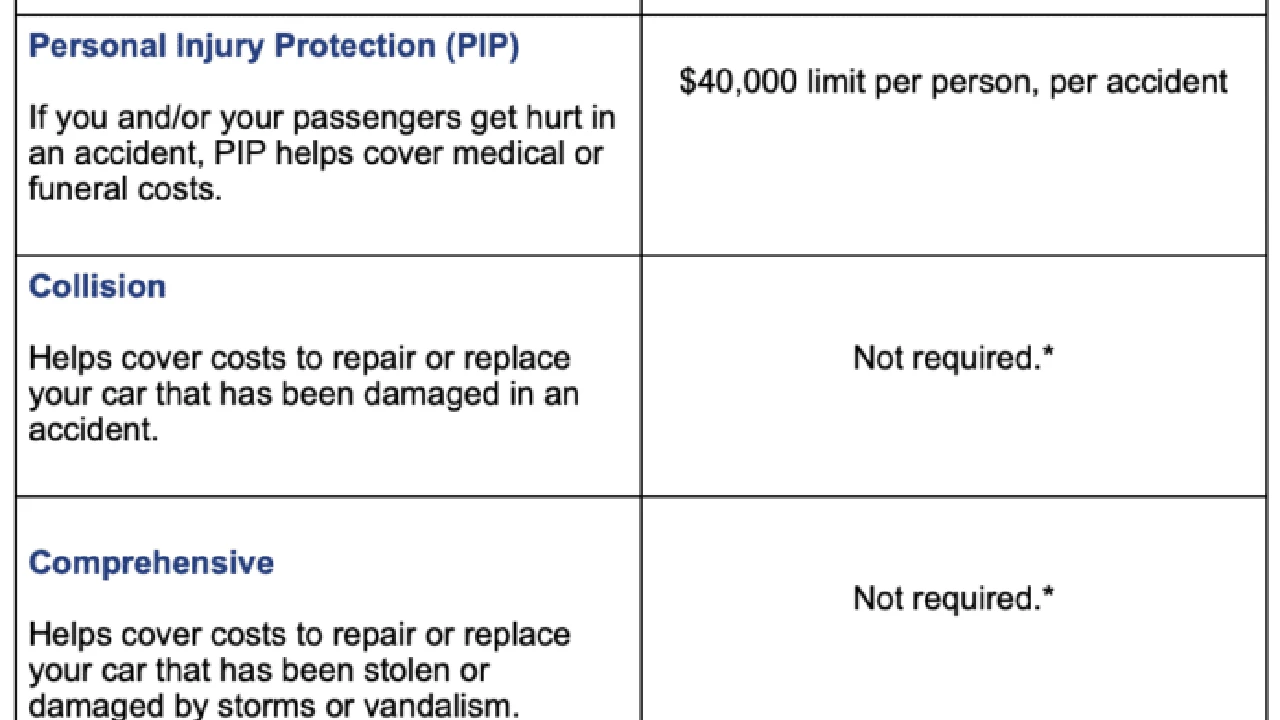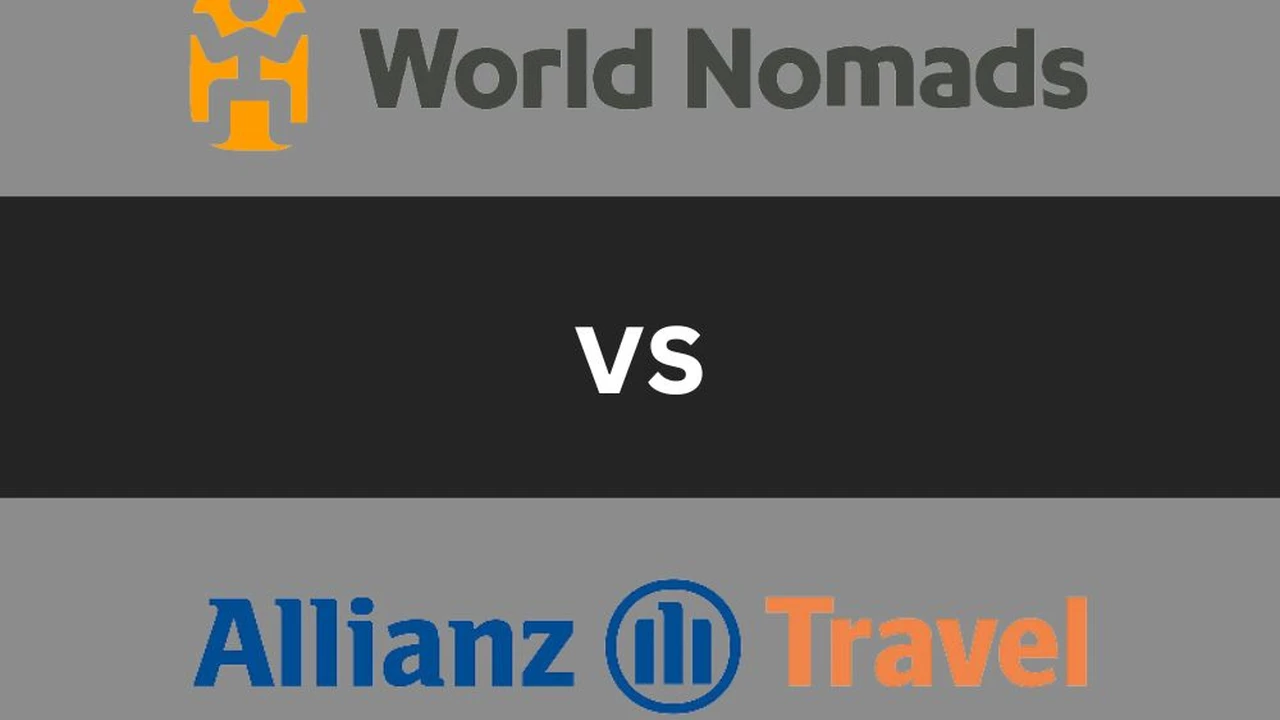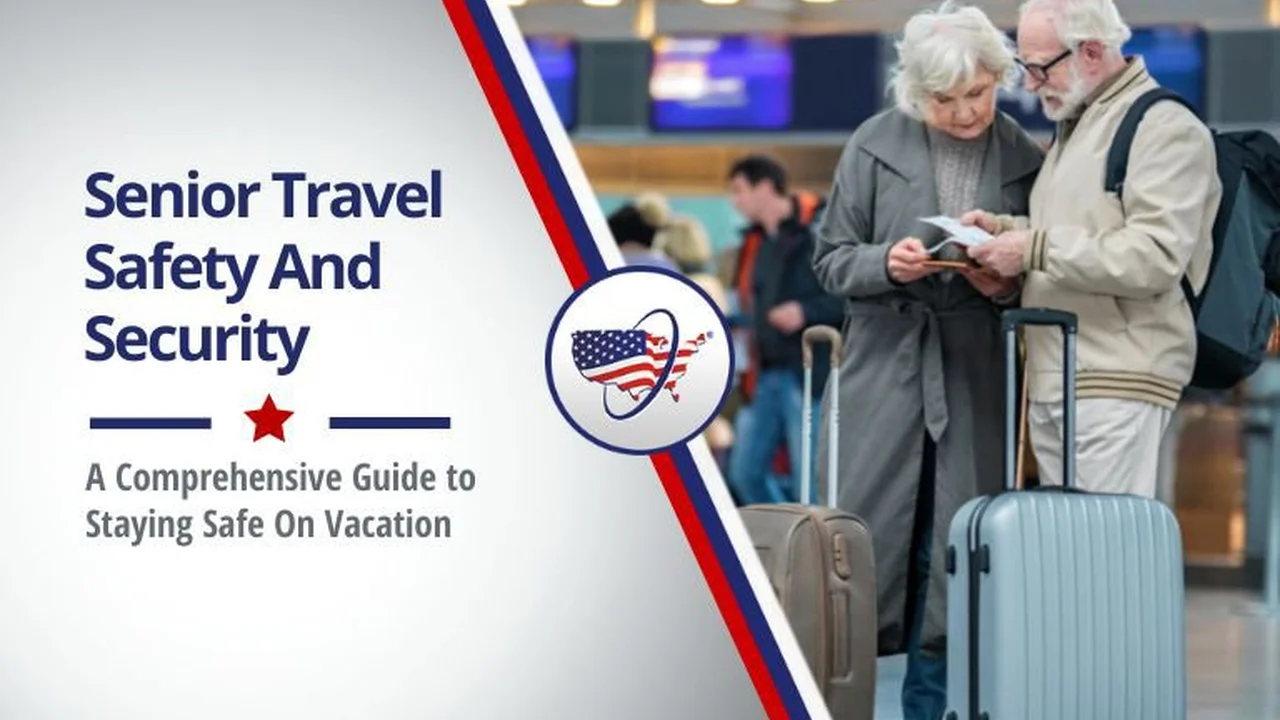Senior Trip Communication Staying Connected Abroad
Stay connected on your senior trip. Best ways to communicate abroad, including SIM cards, Wi-Fi, and international roaming.

Senior Trip Communication Staying Connected Abroad
Why Staying Connected Matters on Your Senior Trip
Embarking on a senior trip is an exciting adventure, but staying connected with loved ones, accessing important information, and handling emergencies are crucial aspects of a smooth and enjoyable journey. Whether you're sharing breathtaking photos with family back home, navigating unfamiliar streets with a map app, or needing to contact your travel insurance provider, reliable communication is key. This comprehensive guide will walk you through the best ways to communicate abroad, comparing various options like local SIM cards, international roaming, Wi-Fi, and even satellite communication, ensuring you're always within reach, no matter where your senior trip takes you.
Local SIM Cards The Smart Traveler's Choice for Senior Trips
For many senior travelers, purchasing a local SIM card upon arrival in a new country is often the most cost-effective and convenient option. It provides you with a local phone number, allowing for affordable calls within the country and often generous data allowances for internet access. This is particularly beneficial for longer trips or if you plan to make frequent local calls, such as booking tours or contacting your accommodation.
How to Get a Local SIM Card for Your Senior Trip
Getting a local SIM card is usually straightforward. You can typically purchase them at airports, official mobile carrier stores, convenience stores, or even some supermarkets. You'll usually need your passport for registration. It's advisable to have your phone unlocked before you travel, meaning it's not tied to a specific carrier in your home country. Most modern smartphones are already unlocked, but it's worth checking with your provider if you're unsure.
Comparing Local SIM Card Providers for Senior Trips
The best local SIM card provider will depend on your destination and your specific needs. Here are a few examples of popular providers in common senior trip destinations and what to look for:
Southeast Asia Local SIM Card Options
- Thailand: AIS, TrueMove H, and dtac are the major players. They offer various tourist SIM packages with good data allowances and validity periods. For example, AIS Tourist SIM offers unlimited data for a certain period, perfect for sharing your adventures.
- Vietnam: Viettel, Mobifone, and Vinaphone are reliable. Look for packages that include both data and local calls. Viettel often has the best coverage, especially in rural areas.
- Indonesia (Bali): Telkomsel is the dominant provider and offers excellent coverage. Their tourist SIMs are widely available and provide good value for data.
United States Local SIM Card Options
- T-Mobile: Known for its tourist-friendly plans, T-Mobile offers prepaid SIM cards with unlimited talk, text, and data for various durations. Their coverage is generally good in urban areas.
- AT&T: Offers prepaid plans with different data tiers. AT&T has extensive coverage across the US, making it a reliable choice for road trips.
- Verizon: While often more expensive, Verizon boasts the widest and most reliable coverage in the US, especially in more remote areas. Their prepaid plans are also an option for travelers.
Pros and Cons of Local SIM Cards for Senior Trips
- Pros: Cost-effective, local number for convenience, often generous data allowances, good for longer trips.
- Cons: Requires an unlocked phone, need to swap SIM cards (can be fiddly), your home number won't work, might need to register with passport.
International Roaming The Convenience Factor for Senior Trips
International roaming allows you to use your existing phone number and plan while abroad. This can be incredibly convenient as you don't need to change SIM cards or notify contacts of a new number. However, it can also be significantly more expensive than local SIM cards if you're not careful.
Understanding International Roaming Plans for Senior Trips
Many home mobile carriers offer international roaming packages or add-ons. These can vary widely in price and what they include (data, calls, texts). It's crucial to contact your provider before your trip to understand their roaming rates and available packages. Some providers offer daily passes, while others have monthly bundles.
Comparing International Roaming Options for Senior Trips
Let's look at some common international roaming options from major US carriers:
- Verizon TravelPass: For $10 a day per line, you can use your domestic talk, text, and data allowances in over 210 countries. This is great for short trips or if you only need to use your phone occasionally.
- AT&T International Day Pass: Similar to Verizon, AT&T offers an International Day Pass for $10 a day, allowing you to use your domestic plan in over 200 countries.
- T-Mobile Magenta MAX: T-Mobile is known for its more inclusive international roaming. Many of their plans, like Magenta MAX, include unlimited texting and data (at 2G speeds) in over 210 countries and destinations, plus calls at $0.25/minute. For faster data, you can purchase international data passes.
- Google Fi: A popular choice for frequent international travelers, Google Fi offers seamless international roaming with data and calls at competitive rates in over 200 destinations. It automatically switches between networks to give you the best signal.
Pros and Cons of International Roaming for Senior Trips
- Pros: Keep your existing phone number, no need to swap SIM cards, convenient for short trips.
- Cons: Can be very expensive if you don't have a specific roaming plan, data speeds might be throttled, easy to incur bill shock.
Portable Wi-Fi Devices and Hotspots for Senior Trips
A portable Wi-Fi device, also known as a mobile hotspot or MiFi, creates a personal Wi-Fi network that you can connect multiple devices to. This can be a good option if you're traveling with multiple people or have several devices (phone, tablet, laptop) that need internet access.
How Portable Wi-Fi Devices Work for Senior Trips
These devices typically use a local SIM card (either pre-installed or one you insert) to connect to the cellular network and then broadcast a Wi-Fi signal. You rent or purchase the device and then pay for data packages.
Comparing Portable Wi-Fi Device Providers for Senior Trips
Several companies offer portable Wi-Fi rentals for international travel:
- Skyroam Solis Lite: This device offers global Wi-Fi with no SIM cards needed. You purchase data passes as you go. It's known for its ease of use and wide coverage. Prices for data passes vary, but typically start around $9 for 1GB. The device itself costs around $150.
- TravelWifi: Offers rentals for various regions, often with unlimited data plans. You can pick up and drop off devices at airports or have them delivered. Rental prices vary by destination and duration, but expect to pay around $8-15 per day.
- Local Rental Companies: In many popular tourist destinations, you can find local companies that rent out portable Wi-Fi devices. These can sometimes be more affordable than international providers.
Pros and Cons of Portable Wi-Fi Devices for Senior Trips
- Pros: Connect multiple devices, often unlimited data options, good for groups, secure personal network.
- Cons: Another device to carry and charge, can be expensive for solo travelers, reliance on cellular network coverage.
eSIM Technology The Future of Senior Trip Connectivity
eSIM (embedded SIM) technology is gaining popularity and offers a convenient alternative to physical SIM cards. An eSIM is a digital SIM that allows you to activate a cellular plan from a carrier without needing a physical SIM card. Many newer smartphones support eSIM.
How eSIMs Work for Senior Trips
You can purchase an eSIM plan online from a provider, and it's downloaded directly to your phone. This means you can switch between different local plans without physically swapping SIM cards, making it incredibly flexible for multi-country senior trips.
Comparing eSIM Providers for Senior Trips
Several providers specialize in eSIMs for international travel:
- Airalo: One of the most popular eSIM marketplaces, Airalo offers eSIMs for hundreds of countries and regions. They have various data packages and validity periods. For example, a 1GB data package for 7 days in Thailand might cost around $4.50.
- Holafly: Specializes in unlimited data eSIMs for many destinations, which can be great for heavy data users. Prices vary, but an unlimited data eSIM for 5 days in the US might cost around $19.
- Nomad: Another excellent eSIM provider with competitive rates and a user-friendly app. They offer both regional and country-specific plans.
Pros and Cons of eSIMs for Senior Trips
- Pros: No physical SIM card needed, easy to switch plans, convenient for multi-country trips, often competitive pricing.
- Cons: Requires an eSIM-compatible phone, not all phones support it yet, can be slightly more complex to set up initially for some users.
Wi-Fi Hotspots and Public Wi-Fi for Senior Trips
Relying solely on Wi-Fi can be a budget-friendly option, but it comes with limitations. You'll find Wi-Fi in hotels, cafes, restaurants, and sometimes public spaces like airports and train stations.
Using Public Wi-Fi Safely on Your Senior Trip
While convenient, public Wi-Fi networks can be insecure. Avoid accessing sensitive information like banking or personal logins on unsecured public networks. Consider using a Virtual Private Network (VPN) for added security when connecting to public Wi-Fi.
Pros and Cons of Public Wi-Fi for Senior Trips
- Pros: Free or low cost, widely available in urban areas.
- Cons: Not always reliable, security risks on public networks, limited to Wi-Fi zones, not suitable for constant connectivity.
Satellite Communication for Remote Senior Trips
For senior trips to extremely remote areas where cellular service is non-existent (e.g., deep wilderness, ocean voyages), satellite communication might be necessary. This involves specialized satellite phones or devices.
When to Consider Satellite Communication for Your Senior Trip
This option is typically reserved for adventurous senior travelers venturing far off the beaten path, where emergency communication is paramount and no other options are available. It's not a common choice for most standard senior trips.
Pros and Cons of Satellite Communication for Senior Trips
- Pros: Global coverage, essential for emergencies in remote areas.
- Cons: Very expensive, bulky equipment, limited functionality compared to smartphones.
Essential Communication Apps for Your Senior Trip
Regardless of your chosen connectivity method, several apps can significantly enhance your communication experience abroad:
- WhatsApp: Widely used globally for free messaging, voice calls, and video calls over Wi-Fi or data. Essential for staying in touch with family and friends.
- Google Maps: For navigation, finding local businesses, and public transport information. Download offline maps before you go to save data.
- Google Translate: Invaluable for overcoming language barriers. You can translate text, voice, and even images. Download offline language packs.
- Skype/Zoom: For video calls with multiple participants, especially useful for group chats or business calls if needed.
- Your Airline/Accommodation Apps: For checking flight statuses, managing bookings, and communicating with your hotel.
- Emergency Apps: Research local emergency numbers and consider downloading any official emergency apps for your destination.
Tips for Seamless Communication on Your Senior Trip
- Unlock Your Phone: Ensure your phone is unlocked before you leave if you plan to use local SIM cards.
- Download Offline Maps and Content: Download maps, translation packs, and entertainment before you go to reduce data usage.
- Inform Your Bank: Notify your bank of your travel plans to avoid your cards being flagged for suspicious activity.
- Carry a Portable Charger: Keeping your devices charged is crucial for communication, especially when out and about.
- Backup Important Information: Store copies of your passport, visa, and insurance details in the cloud or on a secure drive.
- Learn Basic Phrases: Even a few words in the local language can go a long way in communicating with locals.
- Consider a Dual SIM Phone: If your phone supports dual SIMs (physical + eSIM or two physical SIMs), you can keep your home SIM active for calls/texts while using a local SIM/eSIM for data.
- Set Data Limits: On your phone settings, you can often set data usage limits to avoid unexpected charges.
- Use Wi-Fi Calling: If your home carrier supports Wi-Fi calling, you can make and receive calls using your regular number over Wi-Fi, often at no extra cost.
Making the Best Communication Choice for Your Senior Trip
The best communication strategy for your senior trip depends on several factors: the length of your trip, the number of countries you're visiting, your data usage habits, and your budget. For short trips to a single country, an international roaming pass or an eSIM might be the most convenient. For longer, multi-country adventures, a combination of local SIMs and eSIMs often provides the best value and flexibility. Always research your options thoroughly before you depart, and don't hesitate to contact your home mobile provider for clarification on their international plans. With a little planning, you can ensure you stay connected and enjoy every moment of your senior trip, sharing your incredible experiences with those who matter most.
:max_bytes(150000):strip_icc()/277019-baked-pork-chops-with-cream-of-mushroom-soup-DDMFS-beauty-4x3-BG-7505-5762b731cf30447d9cbbbbbf387beafa.jpg)






